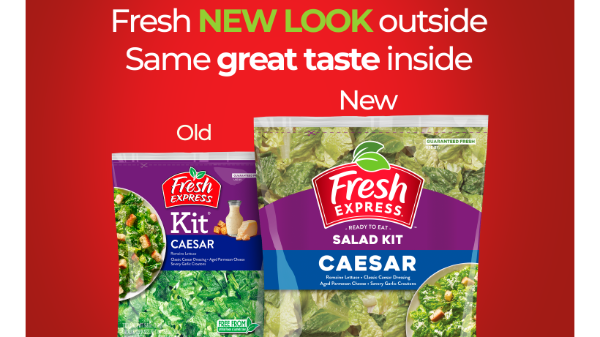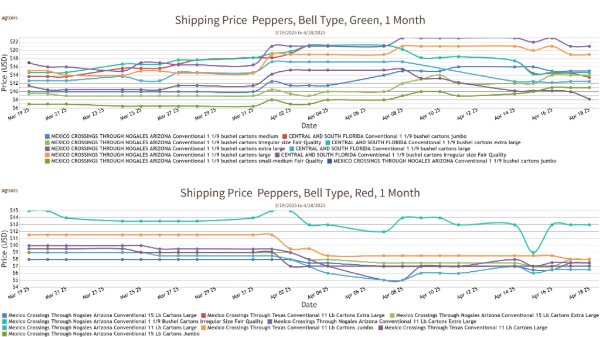Welcome to Blue Book!
Are you ready to join the thousands of companies who rely on Blue Book to drive smarter decisions? View our plans and get started today!
Still have questions? We’d love to show you what Blue Book can do for you. Drop us a line– we’ve been waiting for you.

Shales of Stemilt adds, “Last year we added a new packing line at our Stockton facility, which is equipped with the latest electronic sizing and defect sorting technology. This helps us deliver both quality and consistency to every pack. It really enhances the consumer experience.”
Innovative packaging has also brought positive change. Traditionally, cherries were sold in bulk flats which contributed to damage and limited shelf life. The development of new packaging, including clamshells and pouches—with more space for graphics—has increased domestic movement.
“When the industry converted to 2-pound bags,” Jameson notes, “there was no consumer resistance. When prices are high, we go to a 1.3-pound bag and at peak season when prices come down, we go back to a 2-pound bag to keep the price per pound to the consumer consistent.”
The Last Word
California cherry growers, packers, and shippers are generally optimistic. Acreage is up, and growing, harvesting, and packing practices continue to be refined so that when the weather cooperates, everything is in place for a high-quality, plentiful crop of early cherries.
“The future of the California cherry industry is very bright,” Jameson asserts. “During our season, we are the only ones in the world producing sweet cherries. California grower-shippers have the market to themselves for most of the season. With changes in cultural practices and packaging able to deliver better fruit to consumers, demand is increasing domestically and worldwide.”
Costa reflects, “If California has a good year, it’s a good year for the industry. There’s an excellent relationship with Northwest growers. We jointly fund research, share technology, work plans, export markets, and have the same phytosanitary requirements.”
Overdorf sums things up by saying, “We have to supply products that not only look good, but taste good. If growers need to increase prices due to social, labor, and water issues, we as an industry have to support that.”
Image: Shutterstock








